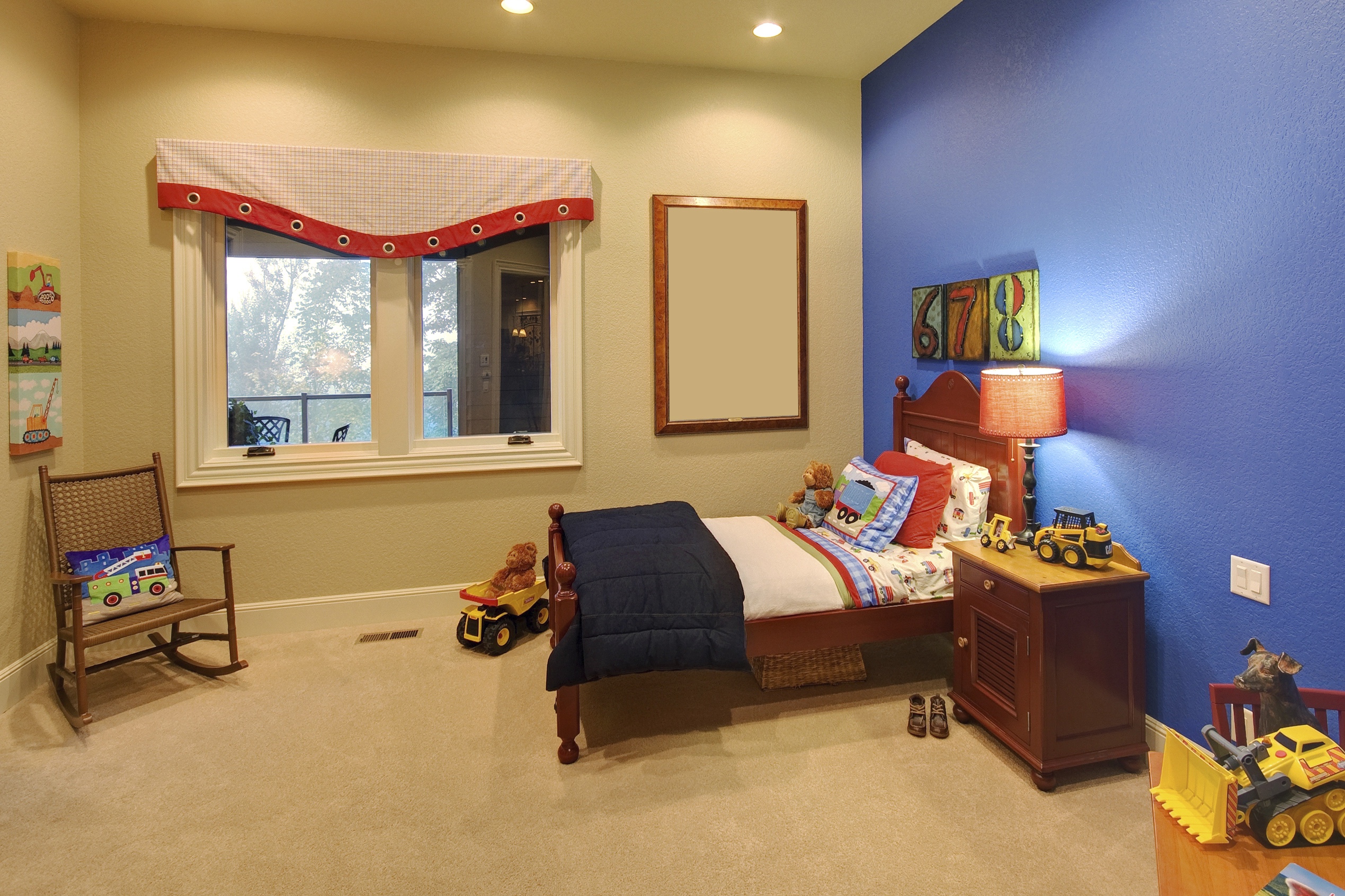Creating a Fun and Educational Space: House Of Bedrooms Kids

A child’s bedroom should be more than just a place to sleep; it should be a haven for learning, creativity, and fun. By incorporating educational elements into the design, you can foster a love of learning and encourage a child’s natural curiosity.
Learning Corners
Creating designated learning corners within a child’s bedroom provides a dedicated space for exploration and discovery. These areas can be equipped with bookshelves, desks, and comfortable seating, inviting children to engage in independent learning activities. A bookshelf filled with age-appropriate books can spark a love of reading, while a desk with art supplies encourages creativity and artistic expression.
Reading Nooks, House of bedrooms kids
Reading nooks are cozy and inviting spaces that encourage children to curl up with a good book. They can be created using a comfortable armchair, a beanbag chair, or even a small tent. Adding soft lighting and a few decorative touches can make the reading nook feel even more special.
Technology for Learning
Technology can be a valuable tool for learning, but it’s important to use it in a positive and educational way. Educational apps can make learning fun and engaging, while interactive toys can help children develop essential skills. Learning tools like tablets and computers can also provide access to a wealth of information and resources.
Organizing and Managing a Kids’ Bedroom

A well-organized kids’ bedroom is essential for creating a calm and focused environment conducive to learning, playing, and resting. It also helps instill a sense of responsibility and independence in children.
Effective Storage Solutions
Optimizing storage is key to decluttering a kids’ bedroom. Here are some effective strategies:
- Utilize vertical space: Install shelves, cubbies, and wall-mounted organizers to maximize vertical space and minimize floor clutter. This can be particularly helpful for storing books, toys, and games.
- Choose multi-functional furniture: Opt for beds with built-in storage drawers, ottomans with hidden compartments, and desks with shelves or drawers. This allows for efficient use of space and minimizes the need for separate storage units.
- Use clear containers: Clear storage bins and boxes allow children to easily see what’s inside, making it easier to find items and put them away. Label containers with pictures or words for younger children.
- Invest in stackable storage: Stackable baskets, drawers, and bins allow for efficient use of vertical space and can be easily rearranged as children grow and their needs change.
Teaching Responsibility and Organization
Teaching children about responsibility and organization is an ongoing process. Here are some effective strategies:
- Establish routines: Create a daily or weekly routine for tidying up the bedroom. For example, make it a rule that toys are put away before bedtime or that clothes are hung up after use. This helps children develop habits of organization and responsibility.
- Make cleaning fun: Turn cleaning into a game or activity. Play music while tidying up, set a timer to see how quickly a task can be completed, or create a reward system for completing chores.
- Involve children in the process: Ask children for input on how they want to organize their belongings. Allow them to choose storage containers, label them, and decide where items should be placed. This gives them a sense of ownership and control over their space.
- Be patient and consistent: It takes time for children to develop good organizational skills. Be patient and consistent with routines and expectations. Provide positive reinforcement when children are successful in maintaining a tidy space.
Managing Toys, Clothes, and Other Belongings
A well-organized system for managing toys, clothes, and other belongings is essential for a tidy bedroom. Here are some tips:
- Categorize toys: Group toys by type (e.g., building blocks, stuffed animals, art supplies) and store them in designated containers. This makes it easier for children to find what they need and to put things away.
- Rotate toys: Keep only a limited number of toys out at a time. Rotate toys regularly to keep children engaged and prevent boredom. Store the remaining toys in labeled bins or boxes.
- Organize clothes: Use drawers, shelves, or hanging organizers to keep clothes organized. Fold clothes neatly and store them in designated areas. Use clear bins for seasonal clothing.
- Create a designated space for school supplies: Designate a specific area for backpacks, books, and other school supplies. This helps keep these items organized and easily accessible.
House of bedrooms kids – A house with multiple bedrooms for kids presents unique challenges in terms of space allocation and design. Careful planning is essential to ensure each child has their own comfortable and functional space. For families seeking a solution, exploring 4 bedroom house designs and plans can provide valuable inspiration.
These plans offer a range of layouts, incorporating dedicated bedrooms for each child, along with common areas for family interaction, allowing for a harmonious and organized living environment for both children and parents.
The number of bedrooms in a house is often a reflection of family size and lifestyle. For large families or those who frequently host guests, an eight-bedroom house, such as those found in Atlanta ( 8 bedroom house atlanta ), can provide ample space for everyone to enjoy their own privacy and communal living.
While such homes may seem extravagant, they can offer a unique blend of functionality and luxury, catering to the needs of a diverse household.